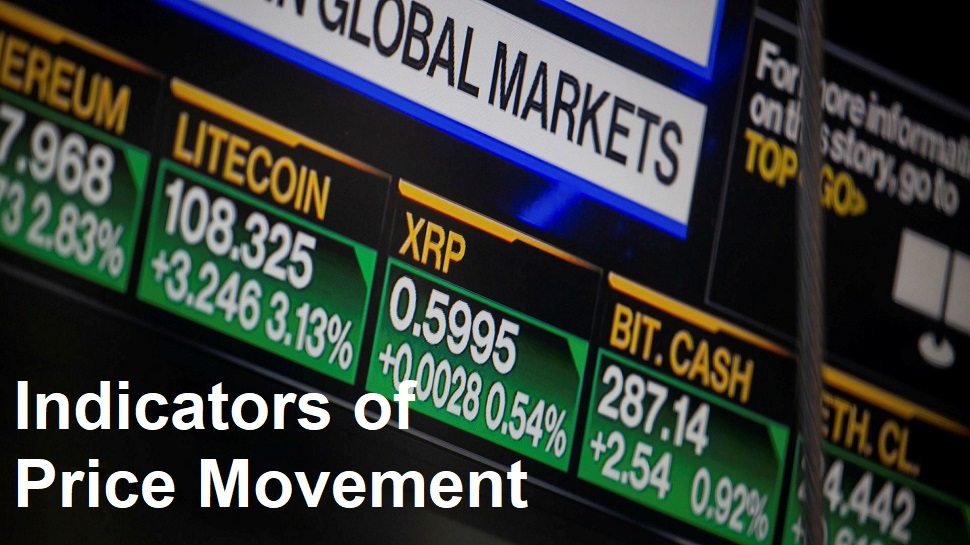
Price Action Trading Is Increasingly Popular
Price action trading is better suited for short-to-medium-term restricted profit transactions rather than long-term investments because of its narrow time horizon. The majority of traders think that the market follows a random pattern and that there is no obvious systematic technique to design a trading strategy that will always be successful. Price action trading, which involves integrating technical analysis tools with recent price history to discover trade opportunities based on the trader’s own interpretation, has gained widespread acceptance in the trading world.
Traders may benefit from self-defined strategies that can be used to a broad variety of asset classes, are easy to use with any trading software, apps, or trading portals, and can be easily back tested on historical data. But more crucially, they have a sense of control over their trading since their actions are guided by the strategy rather than by rules that they must follow mindlessly.
Who Trades with Price Action?
Because price action trading is a method of making price forecasts and speculating, it is utilized by a wide range of traders, including retail traders, speculators, arbitrageurs, and trading businesses that employ traders. It may be used to a broad variety of financial instruments, including stocks, bonds, currency, commodities, and derivatives, among others.
As a result of its subjective character, critics feel that price action is a mostly meaningless phenomenon. While one trader waits for the price of an underlying asset to reach a key support or resistance level, another trader may decide to buy it in anticipation of the price reaching that level and, if it does, which trader is right? It’s possible that both traders are correct, but the lack of clarity in how to trade chances in the market makes it seem like a herd mentality play. Random walk theorists also think that the financial markets are intrinsically chaotic, hence it is impossible to forecast what prices will do in the future. However, this objection applies to all forms of analysis. It is common for Random Walk investors to invest in highly diversified portfolios to shield themselves against price changes that seem to be “random.”
Indicators of Price Movement
In the case of a price action trader, the only significant trading factors are price and time. As a result, for a price action trader, a price chart is the most significant trading tool available. Candlestick charts are the most popular chart type on practically every trading platform, owing to the extensive information they provide traders on asset values, as well as their aesthetic attractiveness. Over a specific length of time, a typical candlestick will represent the high, low, opening, and closing prices (HLOC) of an asset on the chart. Generally, on most platforms, a candle with a higher closing price than its opening price is colored green (a bullish candle), whereas a candle with a lower ending price than its initial price is colored red (a bearish candle) (bearish).
A price action trader may learn a great deal about the aggregate activity of market players by studying this precise pricing information. When HLOC price points are placed in a certain order, the size and shape of the candlestick, as well as the information it gives to a price action trader, are determined. Therefore, certain candle patterns offer bullish signs such as the hammer, bearish signals such as the hangman, and neutral signals such as Doji, while others provide both bullish and bearish signals. In the complete candlestick pattern guide, you can find out more about the numerous varieties of candlesticks that are available. Multiple candlesticks are displayed on a chart throughout the course of time as time progresses. As candlestick patterns appear on the chart, this provides price action traders with more price information.
Trades using candlestick patterns may be used to watch the ups and downs of market waves, and if they are understood and evaluated correctly, they can be used to identify potentially profitable price action possibilities in the market. Price action traders choose clear charts because they can read the candlesticks and chart patterns more easily. There are a variety of chart patterns that provide traders with three major signals: continuation, reversal, and neutral.
Continuous patterns, such as directional wedges and flags, develop in trending markets and suggest the continuation of the dominating trend. Trading patterns such as the head and shoulders pattern or double bottoms indicate that the momentum of a dominant trend is diminishing and that a change in direction is likely to take place. Contrary to this, Neutral patterns, like as symmetrical triangles, may emerge in any market, and although they warn that a significant shift is about to take place, they do not give any direction guidance to traders.
The ability to understand and analyze the information provided by candlesticks and chart patterns is much more significant than the ability to memorize their formation when it comes to financial markets. Follow the candlesticks to identify the direction of the market’s price movement. Using our thorough chart pattern tutorial, you will learn how to interpret price chart patterns efficiently and accurately… Price action traders may employ Trendlines in addition to candles and candlestick patterns to determine the most advantageous price points in the market for entry and exit.
The Bottom Line
There are several price action trading theories and systems available, all of which promise high success rates. However, traders should be cautious of survivorship bias, which is the tendency for only successful tales to reach the headlines. Trading does have the potential to provide substantial gains for the trader. To maximize profit prospects, it is the individual trader’s responsibility to thoroughly comprehend, test, pick, decide, and act on what fits the conditions for the most profitable trading strategies.